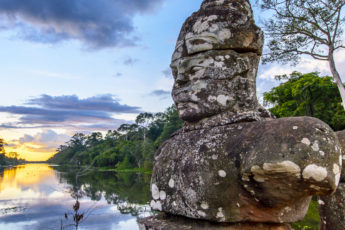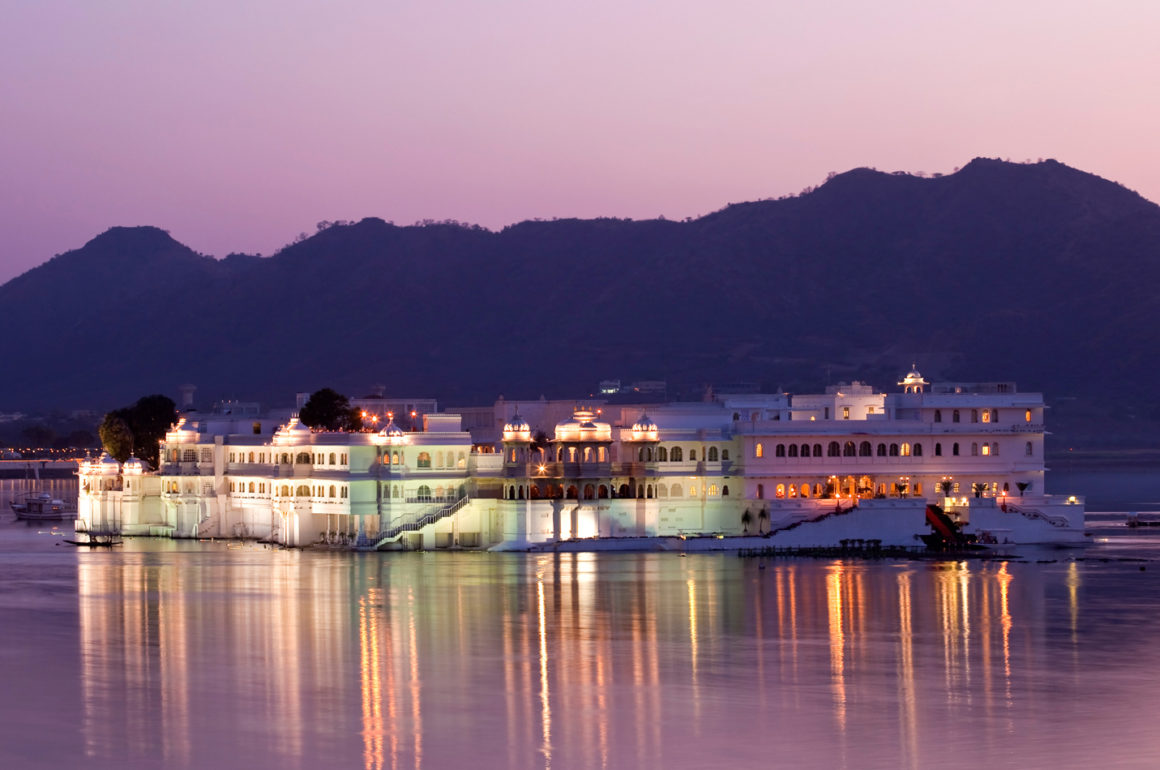
Angkor Wat or the “City of Temples” holds a worthy place on any keen traveler’s bucket list. Situated in the breathtaking town of Siem Riep, in northwestern Cambodia, it is the largest religious complex on the planet, measuring 208 hectares.
Built in the 12th century by Suryavarman II, it presents Khmer architecture at its best and despite the fact it is not one of the seven wonders of the world, it remains undefeated in terms of its size, impact and exquisite design.
On our trips to Cambodia, we explore Angkor Wat in VIP style, joining a renowned Khmer scholar from the Angkor Temple Conservation Institution, as they guide guests around the walled city, explaining more about Angkor Wat’s history, archaeology and civilization.

Be inspired to delve further into the unique history of the temples with these interesting facts below:
- Angkor Wat was originally constructed as a Hindu temple complex. It was dedicated to the Hindu deity Vishnu, rather than to a Cambodian ruler, which was common at the time. However, by the end of the 12th century it had transformed into a Buddhist complex.
- The city took 35 years to build and used around 300,000 labourers and 1,000 to do so.
- While most temples in this region face east, Angkor Wat faces West. This is to do with the temple’s original link to Hinduism. Hindu deities are believed to sit facing east, while Vishnu, as supreme deity faces left. With Angkor Wat being dedicated to Vishnu, its temples do the same.
- Research constructed by writer Lara Dunston in 2016 found that multiple medieval cities, between 900 and 1400 years old, lie beneath the ground close to Angkor Wat.
- Angkor Wat’s sheer size is a spectacle in itself. The city used more stone than all the Egyptian pyramids combined and at least 5 million tons worth of sandstone was carried from 25 miles away to construct the city.
- The city only became known as Angkor Wat in the 16th century. Before then, it was known as Pisnulok – this was the official title of the Khmer King Suryavarman II.
- Antonio da Madalena, a Portuguese monk, was one of the first Westerners to discover Angkor Wat when he visited in 1586.
- Angkor Wat was brought to the attention of the West when Henri Mouhot, a French explorer, published an account of his visit in the mid-19th century, titled Travels in Siam, Cambodia, Laos, and Annam.
- The City of Temples was declared a UNESCO World Heritage Site in 1992.
- Cambodia is one of only two countries to feature a monument (Angkor Wat) on its national flag – the other is Afghanistan which features a mosque with its mihrab facing Mecca.
Find out more about our trips to Angkor Wat below:











Leave a Comment